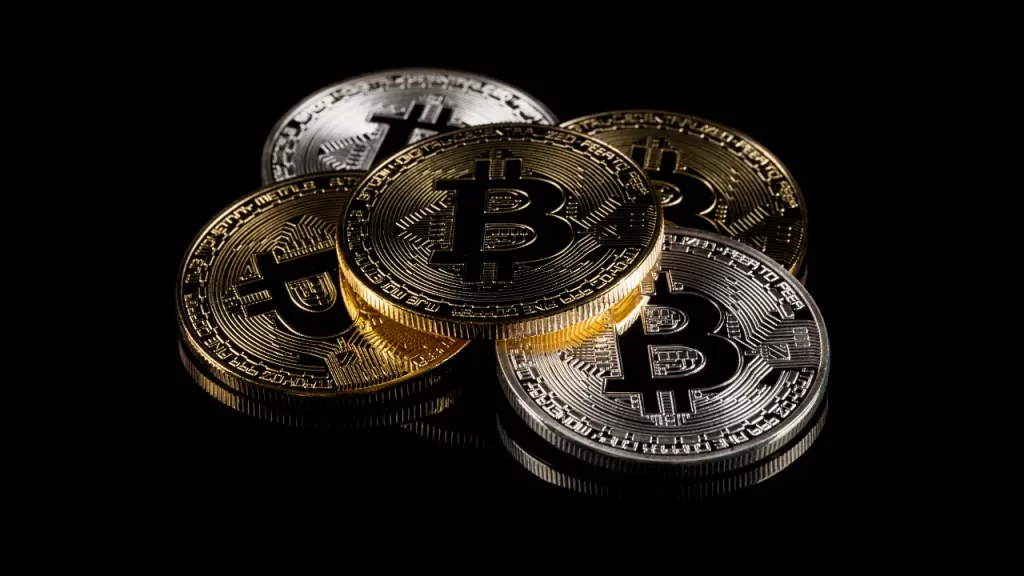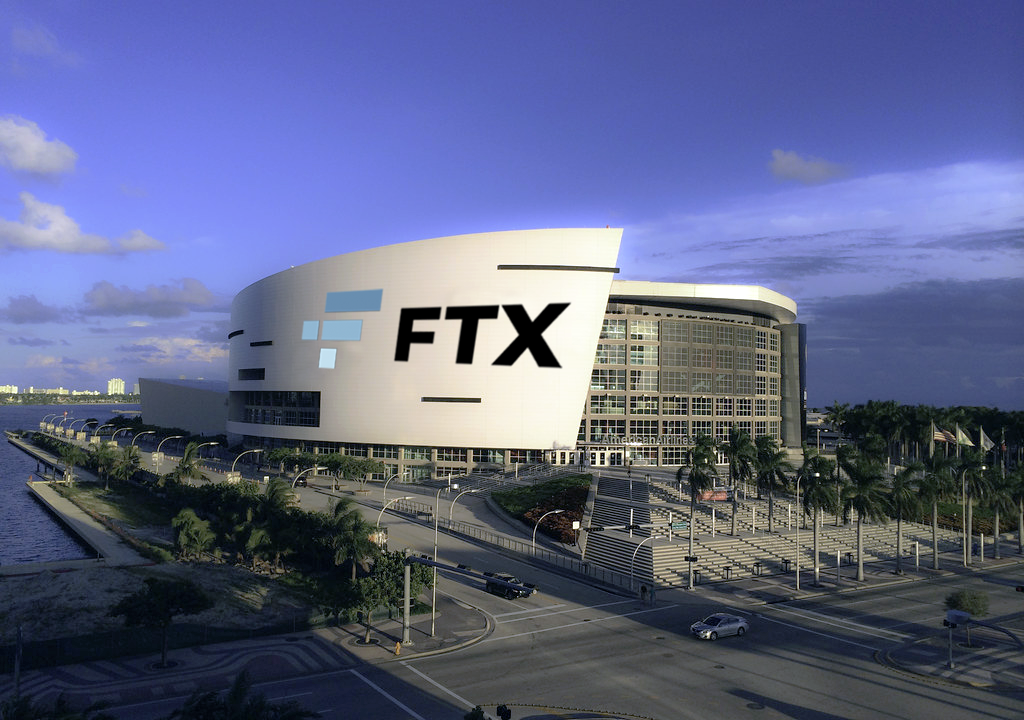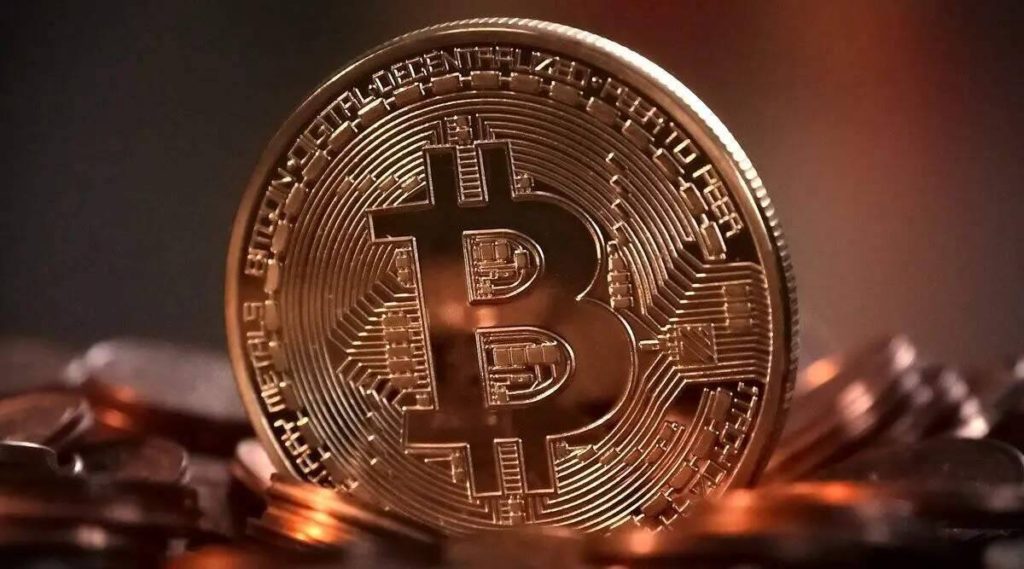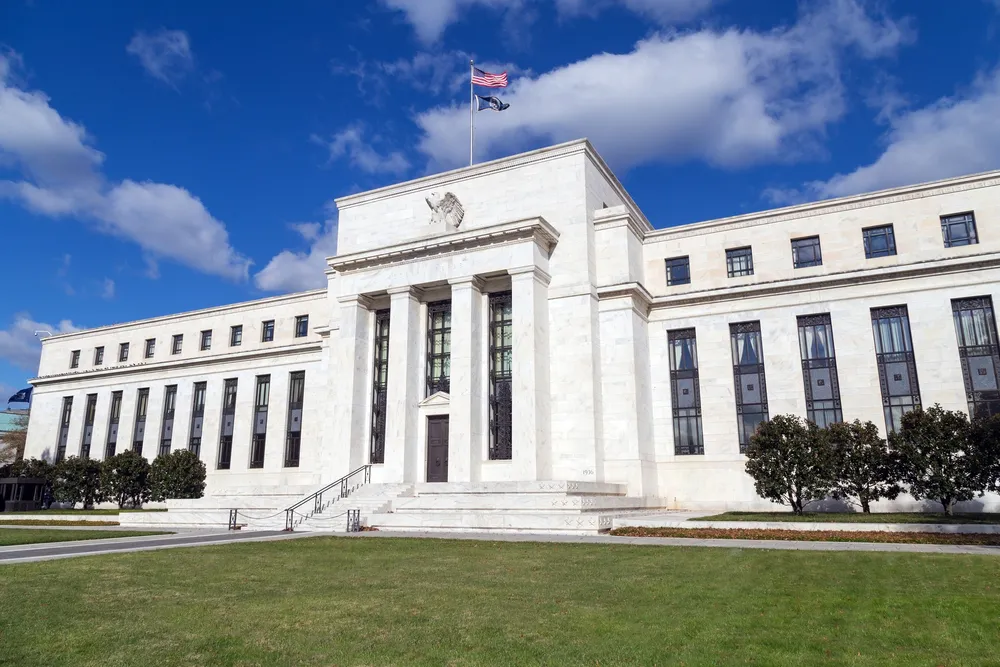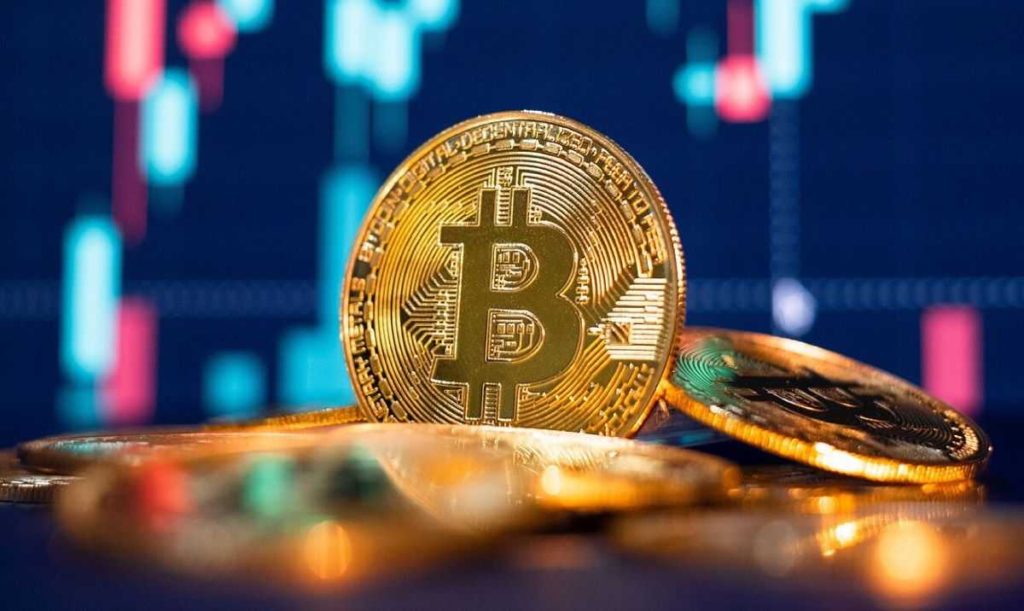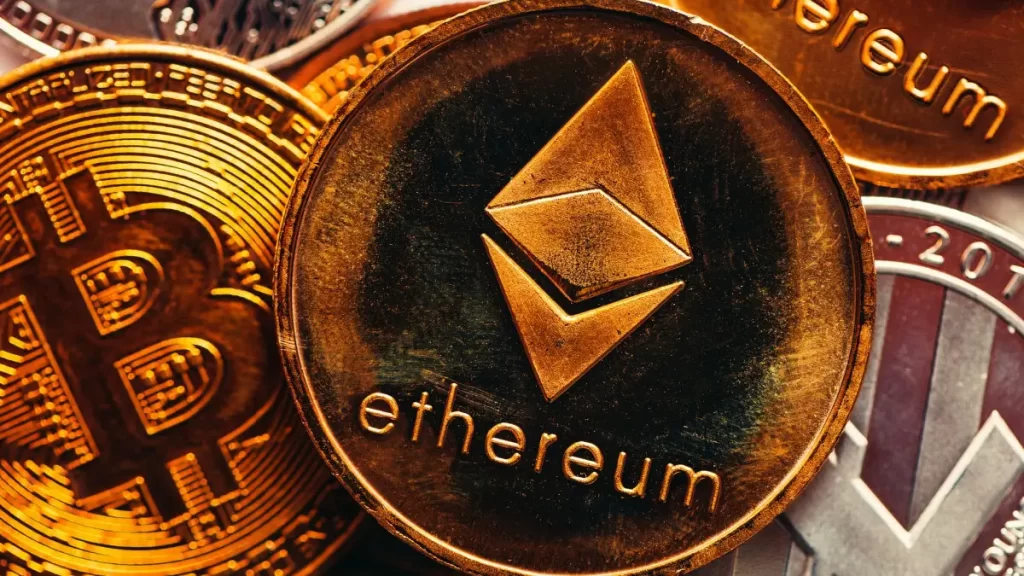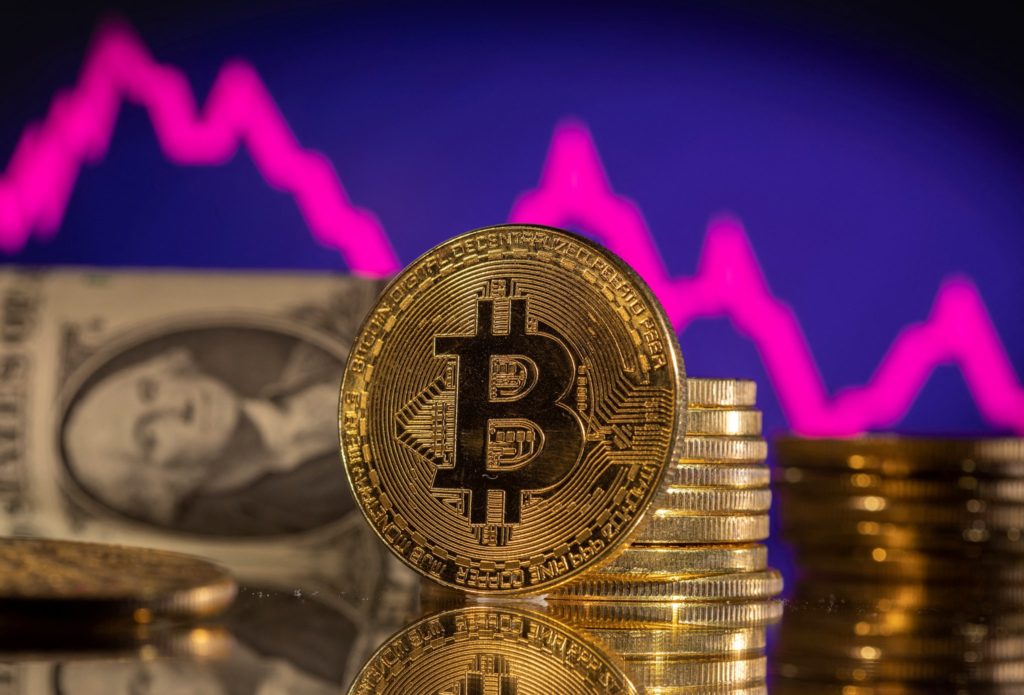A motion to prevent the United States Securities and Exchange Commission (SEC) from making public statements regarding the ongoing lawsuit between Binance.US, Binance Holdings Limited, CEO Changpeng “CZ” Zhao, and the SEC has been denied by a federal judge.
The ruling, made on June 26 by Judge Amy Berman Jackson in the U.S. District Court for the District of Columbia, concluded that court intervention was unnecessary at this time.
The motion was filed on June 21 by the legal team representing Binance and Binance.US, alleging that the SEC’s statements about the securities lawsuit were misleading and could potentially bias the jury and cause confusion in the market.
However, Judge Jackson stated that it was not clear if the SEC’s public relations efforts would have a significant impact on the case and that the court did not need to be involved in regulating the parties’ press releases.
The SEC’s statements that sparked the complaint were made in a press release on June 17 by Gurbir Grewal, the Enforcement Director.
Grewal claimed that CZ and Binance had the ability to misuse or divert customer assets. The legal teams representing Binance and Binance.US argued that these allegations were misleading and largely denied them.
The lawsuit against Binance, Binance.US, and CZ was filed by the SEC on June 5.
The SEC accused the exchanges of offering unregistered securities to U.S. customers, and Binance was also accused of failing to register as an exchange or broker-dealer clearing agency.
Initially, the SEC sought to freeze all Binance.US assets, but a compromise was reached, allowing only the exchange’s employees access to client funds.
While facing legal proceedings in the U.S., Binance has continued its global operations.
On June 20, the company announced the launch of a regulated cryptocurrency platform in Kazakhstan.
However, on June 23, the Belgian Financial Services and Markets Authority ordered Binance to cease offering crypto exchange and custody wallet services.
Additionally, Binance reportedly withdrew its application with Austria’s financial regulatory authority.
As the legal battle between Binance and the SEC continues, the denial of the motion suggests that the court does not deem it necessary to intervene in the SEC’s public statements at this stage.
The lawsuit and regulatory actions from various countries underscore the challenges and scrutiny faced by Binance in maintaining its global operations.
Other Stories:
Hong Kong SFC Chief Emphasizes Importance of Crypto Trading
FATF Urges Global Adoption of Crypto ‘Travel Rule’ Amid Rising Financial Crime Risks
Bitcoin ETF Fever Returns: ProShares’ BITO Sees Largest Inflow in a Year
Token issuers in Japan will no longer be required to pay corporate taxes on unrealized cryptocurrency gains, thanks to a recent law revision by the National Tax Agency.
The tax exemption, which was approved by the Japanese government nearly six months ago, eliminates the obligation for crypto firms to pay taxes on paper gains from tokens they issued and held.
The discussion surrounding new crypto tax rules in Japan began in August of the previous year as part of broader tax reforms for 2023.
However, the final approval from the tax authority was only granted this week. Under the revised rules, Japanese companies issuing tokens are exempt from the standard 30% corporate tax rate on their holdings.
Prior to this law, even unrealized gains were subject to taxation.
The ruling Liberal Democratic Party aims to simplify business operations related to token issuance with the implementation of these tax exemptions.
This move is expected to make it easier for various companies to engage in token-related activities.
The cryptocurrency industry in Japan has experienced significant transformations recently.
As of June 1, the country has been enforcing stricter Anti-Money Laundering (AML) measures to align its legal framework with global crypto regulations.
The AML legislation was revised in December after the Financial Action Task Force deemed it insufficient.
In addition, the government passed legislation in June of the previous year prohibiting non-banking institutions from issuing stablecoins.
The new bill, which came into effect a few weeks ago, limits stablecoin issuance to licensed banks, registered money transfer agents, and trust companies.
Japan has been at the forefront of crypto legalization, considering it as a form of private asset, and its regulatory framework for cryptocurrencies is one of the strictest globally.
Following major hacks on exchanges like Mt. Gox and Coincheck, Japan’s financial regulator tightened rules for crypto exchanges.
These local regulations are believed to have facilitated the prompt return of assets to FTX users in Japan after the exchange’s global collapse, in contrast to users in other countries who did not have a clear refund deadline.
Overall, Japan continues to make significant strides in shaping its crypto industry through regulatory measures, ensuring both security and compliance in the rapidly evolving digital asset landscape.
Other Stories:
$PEPE Cryptocurrency Skyrockets Nearly 70% as Crypto Whales Drive Unprecedented Surge
Creditor Pledges Tokenized FTX Claim as Collateral for Groundbreaking DeFi Loan
The price of Bitcoin hovered around $30,500 as the Wall Street market opened this week, with bullish investors finding newfound support.
Data from Cointelegraph Markets Pro and TradingView indicated that the price of BTC remained stable at $30,000 during the weekly close.
At the start of the week, the largest cryptocurrency showed stability as the U.S. markets began trading, and there were hopes for a repeat of the previous week’s performance.
The United States played a significant role in driving buyer interest, particularly after several institutional product applications based on the Bitcoin spot price were announced.
According to popular trader Daan Crypto Trades, most of the action and buying pressure occurred during the U.S. stock market open hours.
This sentiment was echoed by fellow trader Skew, who emphasized the importance of the June 26 U.S. trading session.
On-chain analytics firm Glassnode supported this observation, suggesting that the increased interest in Bitcoin could be part of a longer-term trend driven by the filings for U.S.-based exchange-traded funds (ETFs). Its weekly newsletter,
“The Week On-Chain,” highlighted the revival of U.S.-led demand after a period of weaker relative demand in 2023, with Asian exchanges experiencing the strongest accumulation year to date.
Regarding BTC’s price performance, trading suite DecenTrader identified a significant resistance level above the current price.
This level was represented by the two-year moving average (MA) at slightly above $32,800. Historical data indicated that the area below the two-year MA had provided a favorable opportunity for accumulation before the subsequent halving cycle.
Shorter timeframes also showed a lack of interest in shorting BTC at current levels, which increased expectations for a resumption of the upward trend.
Traders and analysts remained optimistic about Bitcoin’s overall strength, with potential retracements expected to be shallow.
Rekt Capital, a trader and analyst, stated that when a BTC correction ends convincingly, it is highly unlikely that another deep correction would follow immediately.
Any downside movements were more likely to be temporary dips within a new uptrend continuation.
In conclusion, Bitcoin experienced stable trading around $30,500 as the U.S. markets opened on June 26. The U.S. market played a significant role in driving buyer interest, possibly influenced by the recent filings for Bitcoin ETFs.
Analysts and traders expressed optimism about Bitcoin’s price performance, with resistance levels identified and expectations for a shallow retracement before a continuation of the upward trend.
Other Stories:
Cryptocurrency exchange FTX has recouped approximately $7 billion of liquid assets, according to CEO John Ray.
The figure was revealed in the second interim report by the FTX Debtors, a group comprising FTX and its affiliates.
However, the ongoing hunt for more misplaced assets has been complicated due to the massive intermixing of funds.
The report estimates that the value of the pilfered customer assets is around $8.7 billion. Of this, nearly $6.4 billion was held in fiat and stablecoins.
The distinctions between these in FTX’s bookkeeping were unclear.
The report suggested that the misappropriation was not accidental.
It accused former FTX leaders and an unidentified senior attorney from the FTX Group of intentionally commingling and misusing customer deposits.
Consequently, tracing the source of substantial assets or differentiating between the company’s operational funds and customer deposits has become an arduous task, despite employing forensic accounting, asset tracing and recovery, and blockchain analytics experts.
The report drew attention to the misrepresentation of funds transfers from FTX customer accounts, facilitated by misleading banks and making numerous false representations.
Such misrepresentation was also seen in the statements made by former CEO Sam Bankman-Fried (SBF) to the US Congress.
The report repeatedly highlighted the involvement of a senior FTX attorney, who allegedly terminated a less senior lawyer for objecting to the company’s deceitful practices.
Misappropriated funds were allegedly used for political contributions, charity donations, investments, acquisitions, and luxury real estate purchases.
SBF, along with Gary Wang, Nishad Singh from FTX, and Alameda Research CEO Caroline Ellison, informally estimated FTX.com’s undisclosed liabilities to customers – a result of the misuse and intermingling of customer deposits – to be between $8.9 billion and $10 billion. This figure slightly exceeds the FTX Debtors’ current estimate.
Other Stories:
Bitcoin ETF Fever Returns: ProShares’ BITO Sees Largest Inflow in a Year
Bitcoin’s recent surge above $30,000 has sparked renewed interest among traders, potentially leading to increased buying activity in other cryptocurrencies such as Ether (ETH), Arbitrum (ARB), VeChain (VET), and Stacks (STX).
Bitcoin reached a new 52-week high on June 23, indicating a strong bullish trend.
Traders have held onto a significant portion of the gains made during the week, suggesting a reluctance to book profits.
With a 16% increase this week, Bitcoin has outperformed the S&P 500 Index, which experienced a 1.39% decline.
Ether, the second-largest cryptocurrency, is also displaying signs of a potential bullish move. Data from Glassnode reveals a sharp decline in Ether balances on exchanges over the past 30 days, hitting a new low of 12.6%.
A similar dip in Ether exchange balances occurred in November 2022, preceding a substantial rally of 33%.
However, caution is advised this time as the decline in exchange balances may be attributed to actions taken by the U.S. Securities and Exchange Commission against major platforms like Binance and Coinbase.
The cryptocurrency market’s recovery extends beyond Bitcoin and Ether, as several altcoins have experienced significant increases from their recent lows.
This suggests a reduction in bearish sentiment and a growing interest among buyers at lower price levels.
The question remains whether the return of buyers will initiate a new bullish phase in cryptocurrencies or if higher price levels will attract selling from bears.
To gain insights into potential short-term price movements, let’s analyze the charts of the top five cryptocurrencies.
Bitcoin:
Bitcoin has been trading near the $31,000 level for the past four days, indicating a strong defense by bears. However, the presence of bulls is evident, with the 20-day exponential moving average and the relative strength index (RSI) in the overbought zone, favoring the buyers.
If the price sustains above $31,000, the BTC/USDT pair could embark on its next upward move, surpassing the resistance at $32,400 and potentially soaring to $40,000.
Conversely, a break below $29,500 may lead to a slide towards the 20-day EMA, a critical support level, and further down to the 50-day simple moving average.
Ether:
Ether has faced selling pressure near the $1,928 level for three consecutive days, but the bulls have not relinquished their position. The moving averages are on the verge of a bullish crossover, and the RSI remains in positive territory, suggesting bullish control.
If buyers successfully overcome the $1,928 resistance, the ETH/USDT pair could surge towards the $2,148 to $2,200 range. However, a swift downturn below the moving averages could trigger selling from aggressive bulls, resulting in a correction towards strong support at $1,700.
Arbitrum:
Arbitrum witnessed a rally after surpassing the breakdown level of $1, indicating rejection of recent downside movement. Although the bears are attempting to hinder the recovery at the 50-day SMA, the bulls have successfully defended the 20-day EMA, setting the stage for a potential breakout.
A break above $1.18 could mark the beginning of a new upward trend, with targets at $1.28 and $1.54. On the contrary, a downturn below the $1 to $0.90 support zone may negate this bullish view.
VeChain:
VeChain experienced a reversal from the resistance line on June 23, but struggles to sustain prices below the 50-day SMA, indicating buying interest during dips.
Bulls will likely attempt to drive the price above the resistance line, signifying the end of the downtrend and a potential climb towards $0.026.
Other Stories:
Creditor Pledges Tokenized FTX Claim as Collateral for Groundbreaking DeFi Loan
ASX’s Failed Blockchain Upgrade Sparks Blame Game Between Digital Asset and Exchange
Uncertainty surrounding digital assets is trapping financial institutions in a “supervisory void,” which could have dire implications as interest rates rise, warns Federal Reserve Governor Michelle Bowman.
Bowman, a member of the Board of Governors of the U.S. Federal Reserve System, expressed her concerns about the lack of a clear regulatory framework for emerging technologies in the United States.
Speaking at the Salzburg Global Seminar on bank regulation and supervision, she called for global regulators to address the supervision of novel banking activities, particularly banking as a service and digital assets.
According to Bowman, financial institutions find themselves in an uncertain position with regards to these technologies.
“While there have been some efforts to provide guidance, there remains substantial uncertainty about the permissibility of and supervisory expectations for these activities […].
This leaves banks in the perilous position of relying on general but non-binding statements by policymakers only to be criticized at some point in the future,” explained Bowman, whose term at the Fed ends in 2034.
In addition, Bowman highlighted the risks associated with the current regulatory landscape. Without a clear regulatory framework, regulators may impose new requirements on businesses even after significant investments have been made.
She emphasized that effective supervision and regulation require engagement with both novel and traditional activities.
Bowman’s call for regulatory clarity aligns with numerous other voices advocating for a coherent framework for digital assets.
Ratings agency Moody’s recently cautioned that without support from U.S. lawmakers for legislation focused on digital assets, investors and companies may seek out other crypto-friendly jurisdictions.
To address this issue, lawmakers from the House Financial Services Committee and House Agriculture Committee have put forth a draft discussion, offering a potential pathway for certain crypto assets to be categorized as digital commodities.
The proposed bill would prevent the U.S. Securities and Exchange Commission from rejecting the registration of digital asset trading platforms as regulated alternative trading systems, enabling these firms to offer “digital commodities and payment stablecoins.”
Bowman concluded by issuing a warning that the failure to establish a clear approach for financial institutions regarding novel technologies “could have significant consequences for banks navigating higher interest rates.”
With the interest rate landscape evolving, it becomes increasingly important for institutions to have regulatory certainty as they navigate the realm of digital assets.
Other Stories:
Creditor Pledges Tokenized FTX Claim as Collateral for Groundbreaking DeFi Loan
$PEPE Cryptocurrency Skyrockets Nearly 70% as Crypto Whales Drive Unprecedented Surge
Creditor Pledges Tokenized FTX Claim as Collateral for Groundbreaking DeFi Loan
Bloomberg senior ETF analyst Eric Balchunas reported that on June 26, the ProShares Bitcoin Strategy ETF witnessed its largest weekly inflow in a year, totaling $65.3 million and pushing its assets past the $1 billion mark.
BITO, which is a Bitcoin futures fund and the first BTC-linked ETF in the United States, has become a favorite among institutional investors.
Balchunas noted that the fund has closely mirrored Bitcoin’s performance, trailing spot prices by just 1.05% annually. Additionally, BITO carries a fee of 0.95%.
According to ProShares, the BITO fund has recorded a gain of 59.6% since the beginning of 2023.
The interest in Bitcoin derivatives has seen a surge across the market following BlackRock’s application for its own Bitcoin ETF on June 15. Deribit, a crypto options exchange, reported a significant increase in Bitcoin futures open interest, which currently stands at $319 million as of June 25, representing a rise of approximately 30% compared to the previous week.
The resurgence in ETF trading and the subsequent boost in BTC prices have also brought positive news for Grayscale, the world’s largest crypto asset manager.
The Grayscale Bitcoin Trust (GBTC), which had been trading at a substantial discount to spot BTC prices for months, is now moving closer to narrowing the gap.
At present, the Grayscale premium, or discount, stands at -31.2%, a significant improvement from its low of -49% in December, according to Coinglass.
Although it remains uncertain whether the Securities and Exchange Commission (SEC) will approve a spot Bitcoin ETF, a race has commenced with a new wave of filings following BlackRock’s application. WisdomTree has filed with the SEC for a spot Bitcoin ETF for the third time, and Invesco has also renewed its application for a similar product.
ETF Store President Nate Geraci has identified a list of ETF issuers that he believes are likely to file or refile for a spot Bitcoin ETF based on their past filings.
Geraci mentioned First Trust, VanEck, Global X, Fidelity, and the potential “dark horse,” Schwab, as issuers to keep an eye on.
The competition to launch a spot Bitcoin ETF is heating up, indicating a growing interest from investors and institutions in gaining exposure to Bitcoin through regulated investment vehicles.
Other Stories:
$PEPE Cryptocurrency Skyrockets Nearly 70% as Crypto Whales Drive Unprecedented Surge
Creditor Pledges Tokenized FTX Claim as Collateral for Groundbreaking DeFi Loan
The CEO of Hong Kong’s Securities and Futures Commission (SFC), Julia Leung Fung-yee, recently emphasized the importance of incorporating virtual assets into the regulatory system, highlighting that crypto trading is a vital part of the virtual asset ecosystem.
Leung’s remarks came in the wake of the collapse of FTX, a crypto exchange, in November 2022. Leung explained that the introduction of a new licensing system for virtual asset providers would ensure the protection of investors while also considering the risks faced by financial institutions.
She believes that integrating virtual asset providers into the regulatory framework is the only way to foster innovation and enhance market trust following the bankruptcy of FTX.
Hong Kong leveraged the FTX incident to mitigate regulatory risks associated with centralized exchanges.
In December 2022, less than a month after the crisis unfolded, the legislative council of Hong Kong included virtual asset service providers under the same legislation that governs traditional financial institutions.
The new regulations introduce stringent Anti-Money Laundering guidelines and investor protection laws for digital asset exchanges seeking to operate in Hong Kong.
Furthermore, a new licensing scheme has been established to grant retail investors access to trade virtual assets.
Previously, digital asset trading was restricted to professional investors and traders with at least $1 million in bankable assets.
Leung views Hong Kong’s cryptocurrency licensing system as a testament to China’s “one country, two systems” policy.
Mainland China banned cryptocurrencies in 2021, whereas Hong Kong chose a different approach by fostering a welcoming environment for the crypto industry.
In the past year, more than 150 Web3 firms have set up operations in Hong Kong’s Cyberport, a digital hub established by the local government to promote innovation.
This influx of companies followed the government’s allocation of 50 million yuan ($7 million) to expedite the development of Web3.
Leung’s remarks highlight Hong Kong’s commitment to adapting its regulatory framework to the evolving virtual asset landscape.
By embracing cryptocurrencies and implementing appropriate regulations, Hong Kong aims to strike a balance between innovation and investor protection, positioning itself as a hub for the growing crypto industry.
Other Stories:
Etherscan Launches AI-Powered Code Reader, Polygon Proposes zkEVM Upgrade
Coinbase Takes Unconventional Legal Approach Ahead of SEC’s Crypto Crackdown
ECB Executive Slams Cryptocurrencies as Platforms for Gambling, Calls for Regulatory Safeguards
According to Glassnode data, ETH balances on exchanges have plummeted to just 12.6% in the last 30 days, indicating a significant decrease in available tokens for sale.
Typically, this reduced supply on exchanges is viewed as a positive indicator for price movement, suggesting that there is less selling pressure.
The spike in withdrawals from exchanges at the beginning of June, coinciding with the regulatory crackdown on major platforms like Binance and Coinbase, should be considered alongside this data.
While some investors were prompted to withdraw their funds due to concerns over centralized exchanges, the magnitude of the withdrawals mirrors the situation in November 2022 when ETH experienced a sharp 33% surge following a similar dip in exchange balances.
Additionally, the amount of ETH locked in staking contracts has seen a substantial increase since the Shapella upgrade in April. Currently, over 23 million ETH, equivalent to 19.1% of the total supply, is deposited in staking contracts.
Moreover, Glassnode’s data reveals that nearly 30% of ETH’s supply is now locked in smart contracts, including decentralized finance and staking contracts, up from 25.5% at the start of 2023.
This trend further reduces the liquid supply of ETH, which is positive for its price trajectory.
Analyzing the price action, Ether has broken above the 50-day moving average, indicating a bullish breakout.
Currently facing resistance around the $1,906 level, the ETH/USD pair has shown higher lows since November 2022, with the $1,900-$2,000 range acting as both technical and psychological resistance levels.
A successful breakthrough above $2,000 could potentially propel Ether towards the $3,000 mark, aligning with the targets of the bullish ascending channel pattern.
Meanwhile, the ETH/BTC pair is seeking support around the 2023 lows of 0.06255 in Bitcoin terms. A breach below this level could expose bearish targets of 0.05689 BTC.
However, the relative strength index metric suggests oversold readings for the ETH/BTC pair, hinting at a possible pullback.
Traders should remain cautious as the funding rate for the ETH perpetual swap contract has surged to monthly highs.
This serves as a warning for late buyers, as perpetual swap traders must pay funding rates on their open positions depending on demand.
If short orders outweigh long orders, shorting becomes relatively more expensive, leading short traders to compensate long traders.
While a temporary pullback towards the lower boundary of the ascending triangle pattern around $1,680 is plausible, the overall on-chain movements and market indicators favor an upward trajectory in the short to medium term.
Additionally, Bitcoin’s price action and the ability of BTC buyers to sustain the $30,000 level will play a significant role in maintaining Ethereum’s bullish momentum.
Other Stories:
Coinbase Takes Unconventional Legal Approach Ahead of SEC’s Crypto Crackdown
ECB Executive Slams Cryptocurrencies as Platforms for Gambling, Calls for Regulatory Safeguards
Etherscan Launches AI-Powered Code Reader, Polygon Proposes zkEVM Upgrade
Credible Crypto, a prominent voice in the cryptocurrency community, predicts Bitcoin’s price may soon surpass its previous high of $69,000, citing patterns in past impulse movements.
The prediction, shared via Twitter, suggests Bitcoin (BTC) could reach this peak within the next four months, potentially by October.
This optimism is based on Bitcoin’s strong performance in recent times, and its successful retest of support on monthly timeframes, implying a potential upcoming “parabolic advance.”
According to Credible Crypto, the trend of parabolic advances is characterized by exponentially increasing momentum that peaks at the top, as previously seen in Bitcoin’s movement from $3,000 to $14,000 and $10,000 to $60,000.
The largest monthly candle seen recently was a $10,000 move that took Bitcoin above the $25,000 level.
Following this trend, the analyst expects a similar magnitude in future monthly moves. The gap between the current price and the prior all-time high, which stands at $40,000, could, therefore, be covered within a few monthly candles.
However, this forecast remains speculative, and the actual timing remains uncertain, even though October has been suggested as a likely timeline.
The analyst clarified that while a new all-time high by the year-end is expected, October was merely a guess.
While many are optimistic about Bitcoin’s potential rise, some remain skeptical about the recent price surge attributed to Bitcoin spot price exchange-traded funds (ETFs) applications by firms like BlackRock.
Regulatory hurdles in the US may impede near-term approvals, a concern voiced by trading firm QCP Capital. Meanwhile, BTC trades around $30,000 as of the latest reports, following a brief period of high volatility.
Other Stories:
ECB Executive Slams Cryptocurrencies as Platforms for Gambling, Calls for Regulatory Safeguards
Sequoia Capital Defends FTX Investment Despite Bankruptcy
Etherscan Launches AI-Powered Code Reader, Polygon Proposes zkEVM Upgrade





